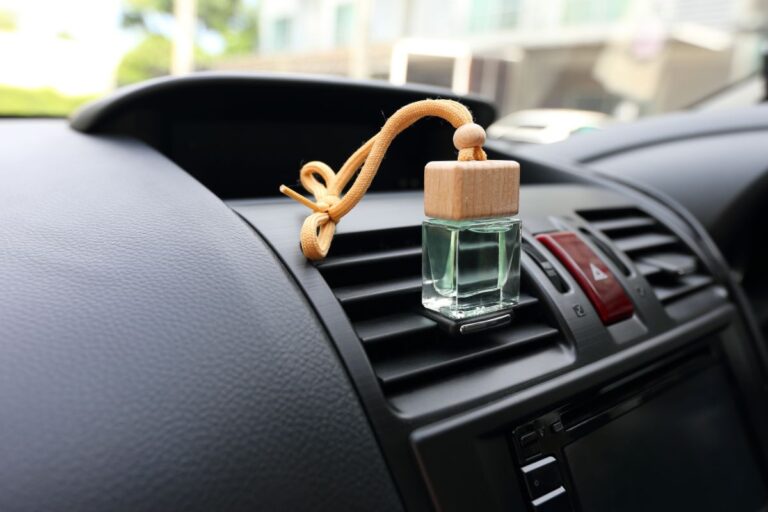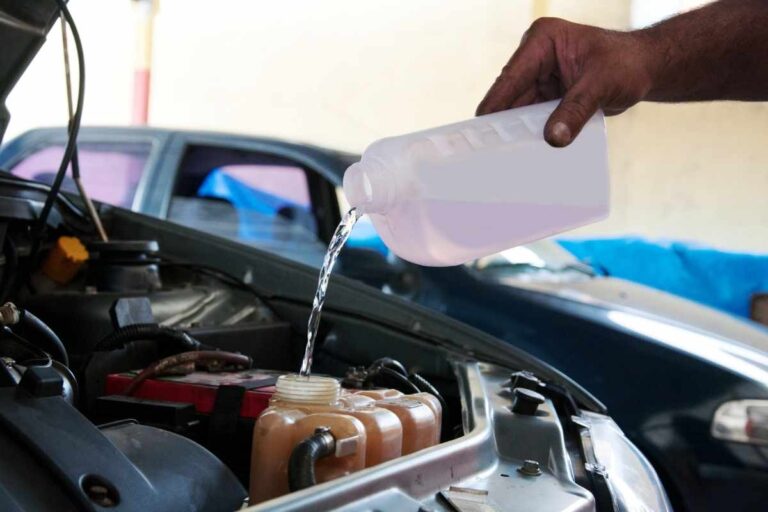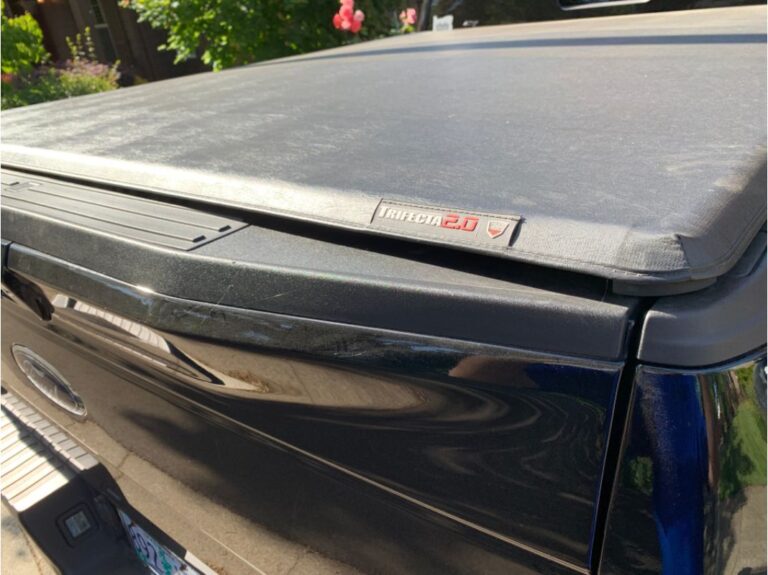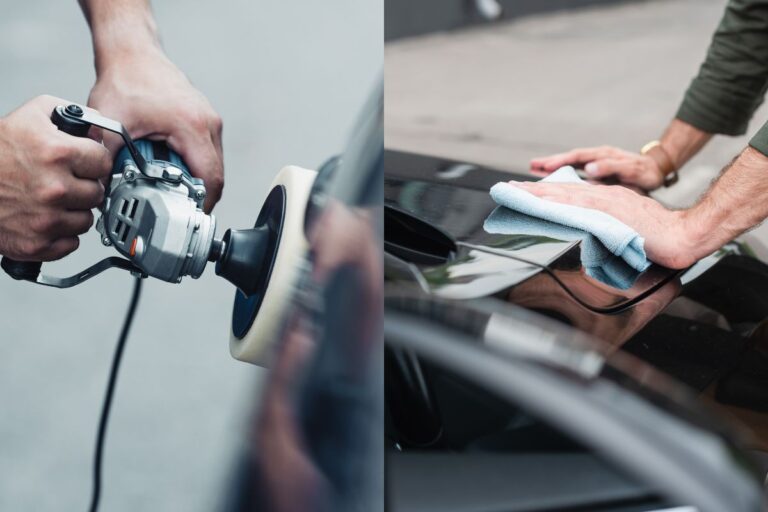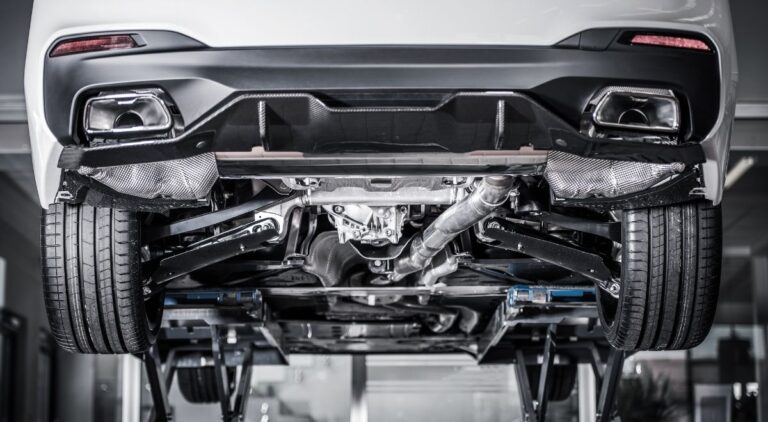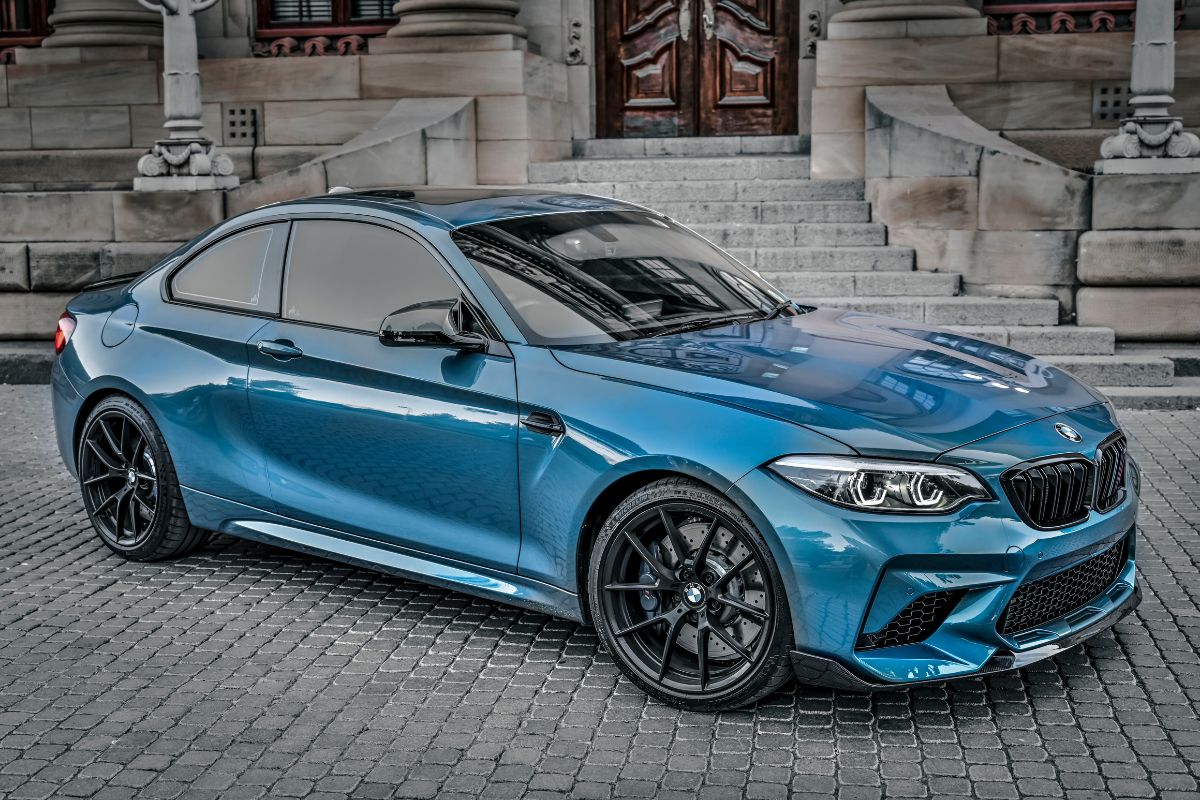
“Yes, they’re ma’am, like this, ” the salesperson hesitantly responded. “What, shut the front door, that’s a deal breaker right there buddy!” was my comeback.
So went the exchange between a car dealership salesman, my software engineer daughter, Cells(a.k.a Braincells), and me when we were out shopping for her first car. After choosing a white Lamborghini Aventador and being told one price, we were surprised to be given a different price for the exact model car, but of a different color, yellow. “But sir…, let me explain…” pleaded the salesman.
“Yes, dad, let the young man explain please, (whisper…besides he is kinda cute)” interjected Cells. I smirked and let him explain….
Cars are more than just the model, color also counts.

When it comes to purchasing a car, the last thing most of us think about is the significance of the color, let alone its impact on the purchase price of the car. However, today I will have you know that when in the market for a new car, it is more than just the make and model of the car, color does matter. While hypercars, supercars, and high-performance car brands like Lamborghini, Ferrari, Aston Martin, Porsche, Mercedes-Benz, Bentley, Rolls-Royce, Infinity, Lexus, Genesis, and Tesla EVs are expensive because of their makes and models, you can be assured that their color also helps add to their already hefty price tags.
But which car colors affect the price of your car and why?
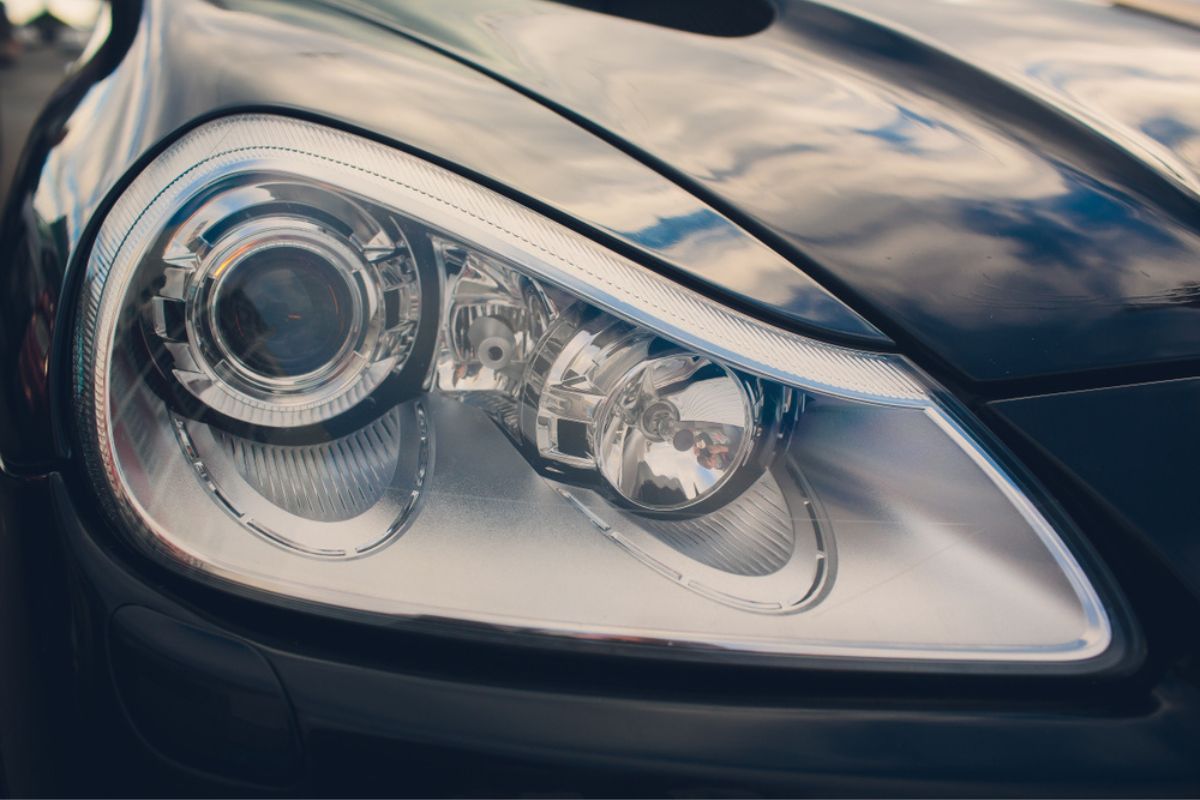
Car colors are typically either a single color or a two-tone combination. Most car manufacturers offer both a single color or a two-tone combination. Single colors are white, silver, black, and gray.
While two-tone car colors are specifically colors like yellow, red, green, beige, and orange, you have to pay an extra premium on the purchase. Unlike single colors, two-toned ones tend to be expensive because they stand out more often than single ones. As you will appreciate, there is no comparing the brightness of a black or gray-colored vehicle to that of a yellow, orange, and beige-colored car.
While you must be careful of car colors that cost extra, there are various reasons why certain car colors tend to affect the price of your vehicle. These include,
Unique shine and Appeal
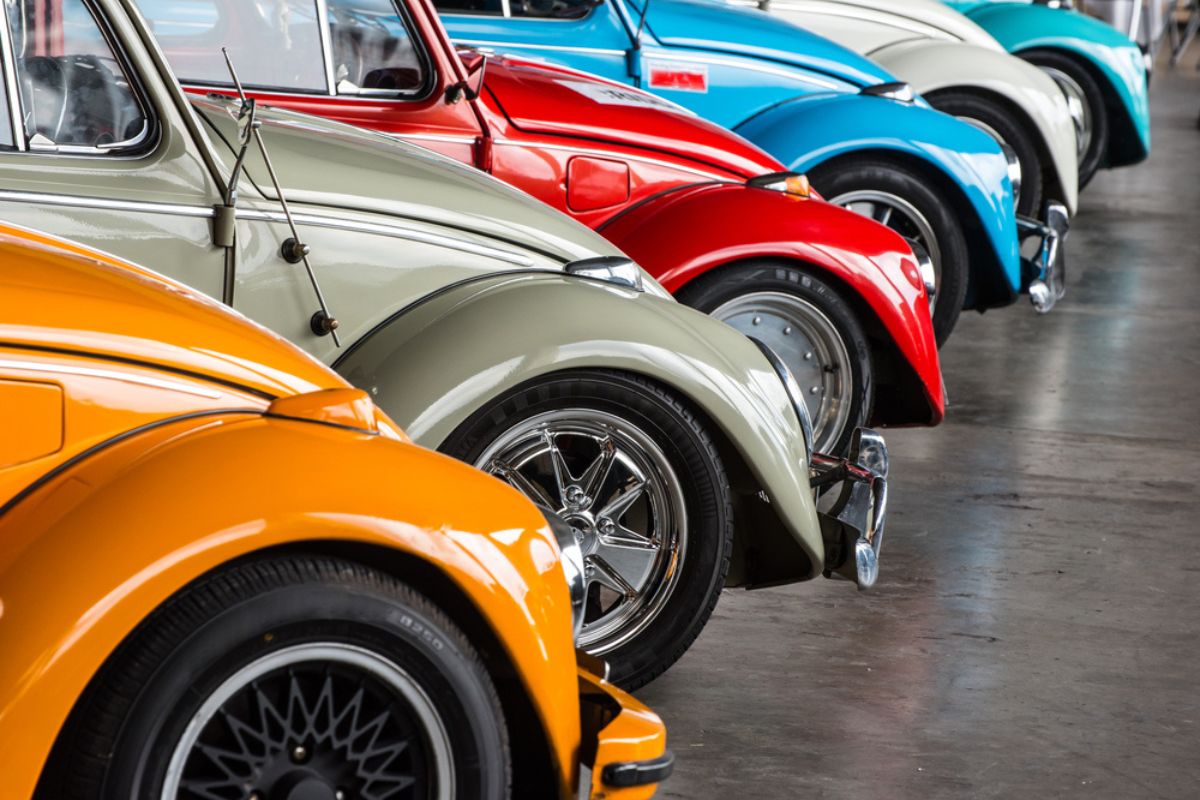
Car colors like red, blue, green, and yellow give cars a unique shine and appeal to a lot of people. Consequently, this creates a high demand for car colors that are in low supply, which drives the price of cars bearing those colors in high demand.
Durability
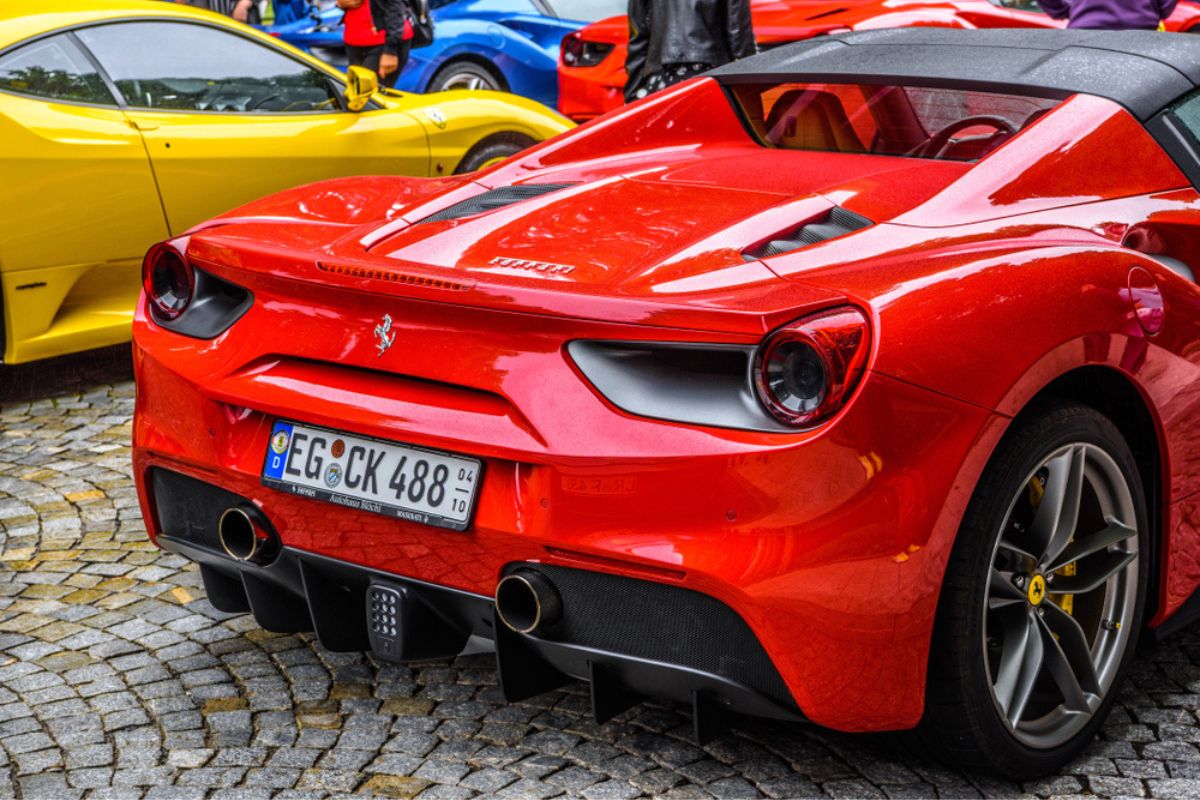
Modern car paints are expected to last over years. In choosing car paint, you need to choose a paint that will last a long time. Paints that reportedly last long are red, yellow, and orange.
Corrosion and Weather Protection
Since most cars are driven outside in the open air, they must have a coat of paint that can protect them from the elements. This is when a car’s paint becomes extremely important. Paint enables your car to survive against the weather, dust, debris, corrosion, and a lot more.
Depreciation
Cars start depreciating from the moment they leave the dealership. It is a depreciation that continues throughout the vehicle’s lifespan. According to a research study done by iSeeCars among the 2017-2020 on different car colors and their depreciation rates least common colors, they tend to have higher depreciation than common colors.
Resell Price
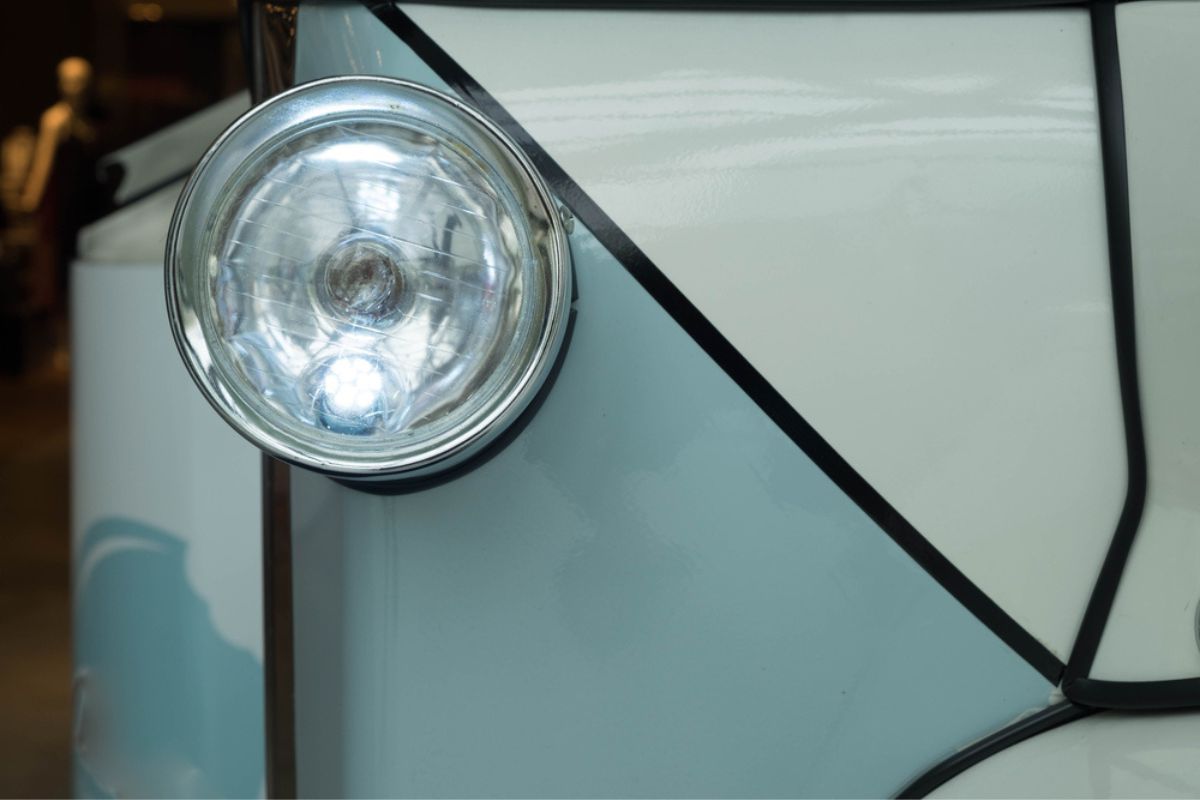
Related to the above, what it means is that when reselling your vehicle, those with the least common colors and which do not depreciate as fast, like red, yellow, and orange are most likely and capable of selling for a higher price than common colors like white, gray, and silver. Interestingly, the yellow color holds the most value only 20.4% value lost in 3 years. Conversely, the colors to avoid if you intend to later resell your car, are grey, silver, black, white, brown, and gold. But then, since yellow cars are more expensive, the average time on the market is about 41.5 days.
Paint Contents and Development
As with most manufactured products, the content of car paints differs. Car paints developed by manufacturers are not only made using pigments, but they also contain binders for hardening, solvents, and additives, with some paints containing metallic flakes for better shine. The paints are then tested over a long period over multiple conditions and only when they turn out perfect are they ready to mass-produce.
This in turn has an impact on the price of the particular paint and, in turn, the price of a vehicle bearing the paint.

Safety
You can never put a price on your safety. For this reason, some car colors contribute somewhat towards the overall price of the car because they are considered safer than other colors. Research report published in 2007 on car colors considered safest reported that colors like black, grey, blue, and silver are the most dangerous colors as they are hard to spot in low light conditions.
Even vibrant colors like red, green, and blue blend into the different urban and non-urban environments. On the other hand, colors considered the safest are white, yellow, orange, light green, gold, cream, and beige.
And will your car’s color also impact its insurance?
I am sure you will be happy to know that, unless you are getting your insurance from a scam-sham-fly-by-night insurance company, the price of your car insurance has nothing to do with its color and so will not impact in any way on its price over time. The color of your car is not a concern at all for legitimate car insurance companies. Yes, it is perhaps understandable to think that if you pay more for your car because of its premium paint, you might have to pay higher for insurance.
But this is not the case at all. Instead, what the insurance company focuses on is how safe of a driver you are and how good your car is. In the words of Advanced Insurance Manager, Kristofer Kirchen:
The color of your vehicle is not even a question on the insurance application, and it is a non-factor. Rather than consider your car’s color and how it can be factored into your insurance premium, what most insurance companies will instead be interested in is your vehicle’s Vehicle Identification number (VIN), which bears information about the car, its make, the warranty it offers, etc. To show how unimportant your vehicle’s color is once it leaves the showroom, its VIN doesn’t even have any information on your vehicle’s visual appearance-yes, its color!
So, while car colors affect price and cost of ownership due to maintenance and resale value, it does not increase your insurance rates. The only scenario in which car color matters is when you get a custom painting, as it should be counted as an add-on. But again, it adds a little extra only.
I winked at the young salesman and took out my wad-filled leather wallet.
I see….any way can you avoid the car’s color not factoring into its current price?!
In confidence, the only loophole around the color of the car not contributing to its price is an equally expensive one. You can purchase the cheaper white Lamborghini and then have a custom paint job done to change the color from the present white to your beautiful daughter’s preferred yellow. This would comparatively add a little extra.
Other than that, do you have any other questions for me you wish to answer?
Frequently Asked Questions (FAQs) on Car Colors
Q: Why Do Some Colors Depreciate Cars Faster than Others?
A: The depreciation factor of car colors is highly dependent on supply and demand. One color being commonly available just has less appeal as compared to rarer color options. Colors like red, blue, green, and yellow are available in fewer numbers and fewer places.
Since buyers getting these colors generally have to pay extra, they tend to maintain them better.
Q: What’s the Best Car Color to Hide Dirt and Scratches?
A: Lighter colors such as white, silver, and gray are the best at hiding minor scratches. It is because scratches become visible when it catches the sunlight and reflects it. In a dark car, this reflection of bright light stands out due to the contrast.
Whereas, it blends with the lighter colors nicely.
Q: Which car color lasts the longest?
A: How long the paint lasts depends a lot on the quality of the paint and the clear coat. For example, a paint job on a premium car from Mercedes might last twice as long compared to a more budget offering. But that said, white colors usually last longer compared to any other colors.
When the paintwork starts to fade due to age, the pigment inside the paint that gives it the color is the component that is fading. White paint does not have any pigments, and as a result, it lasts longer.

